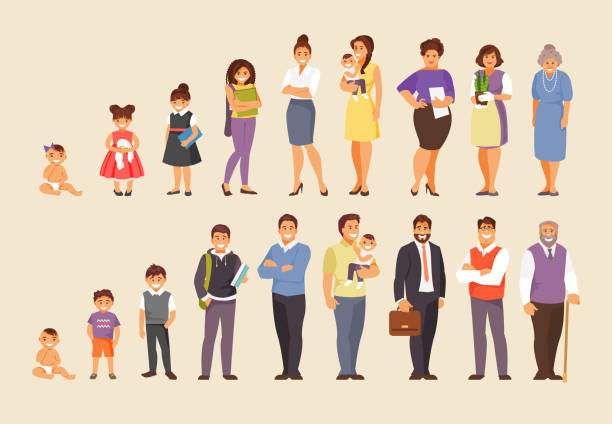Here we explore the three changes experienced from adolescence to adulthood and one example of the challenges associated with each of them:
Need Help?
[quform id="1" name="Schools Form"]From Adolescence to Adulthood: Three Changes and Associated Challenges
The transition from adolescence to adulthood is marked by significant changes in various aspects of life. These alterations are not only physiological but also include emotional and social shifts. Understanding these changes and the challenges associated with them is crucial, especially within the South African context, where unique cultural and social factors may influence this transition. Below, we explore three changes experienced from adolescence to adulthood and one example of the challenges associated with each.
Table of Contents
Three Changes Experienced from Adolescence to Adulthood and One Example of the Challenges Associated with Each of Them
Three major changes experienced from adolescence to adulthood include physical development, emotional maturation, and evolving social roles. Physical development, such as growth spurts and hormonal changes, can lead to body image issues, impacting self-esteem. Emotional maturation, involving increased self-awareness and emotional regulation, may result in challenges in managing intense emotions in relationships, leading to conflicts and misunderstandings. Finally, the evolution of social roles and relationships, such as taking on new responsibilities and forming romantic partnerships, might present challenges in balancing multiple roles, causing stress and affecting mental well-being.
1. Physical Changes
Development of the Body
As individuals grow from adolescence into adulthood, they experience considerable physical changes, including growth spurts, hormonal changes, and the development of secondary sexual characteristics.
Challenge Example: A common challenge associated with these physical changes can be body image issues. A young girl, for instance, might struggle with the sudden changes in her body shape, leading to self-esteem issues and social anxiety.
2. Emotional Changes
Maturation of Emotional Intelligence
The emotional landscape of an individual also evolves as they transition into adulthood. This includes increased self-awareness, improved emotional regulation, and a deeper understanding of others’ emotions.
Challenge Example: The challenge here might be managing emotional relationships, such as a boy navigating his first romantic relationship. The intensity and complexity of emotions can be overwhelming and lead to conflicts and misunderstandings.
3. Social Changes
Evolving Social Roles and Relationships
As adolescents grow into adults, their social roles and relationships change significantly. They often take on more responsibilities, shift friendships, and form new types of relationships, such as romantic partnerships.
Challenge Example: A challenge in this area might be balancing new social responsibilities, like a young adult starting university while also maintaining a part-time job. Juggling these roles might lead to stress and impact mental well-being.
Conclusion
Transitioning from adolescence to adulthood is a complex process filled with changes in the physical, emotional, and social domains. These changes, while natural and expected, come with their unique challenges that can affect an individual’s well-being and growth. By recognizing and addressing these challenges, support systems, including families, schools, and community organizations, can foster a smoother transition for young South Africans into adulthood. The insights and examples provided here illustrate the intricate dynamics of this stage of life, emphasizing the importance of awareness, empathy, and support to navigate the path to adulthood successfully.

